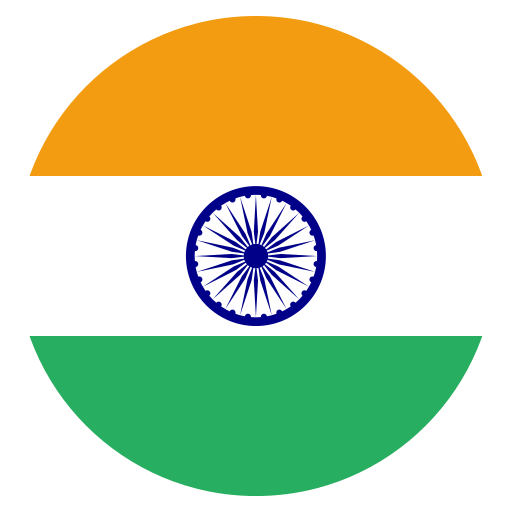
Smart Phones have become universal these days that it would be outdated if you are not having one. The transportability and convenience of chatting with friends, which are only a few regions away and basically lookup everything is the eventual luxury, which many born within this age. With the market getting partitioned by Android and Apple, Apple’s App Store has a wide-ranging mix of around 2 million mobile apps for the users to choose from.
The general methodology for getting able to scrape the required data from the App Store is required to design the creative procedure moving through every category and getting the required information, which would be utilized later for the data analysis.
List of Data Fields
For scraping popular apps from Apple App Store, you can scrape the following data from the Apple App Store:
- App Name
- Size (MB)
- Category
- Compatibility
- Languages
- App Rating (0-5)
- Age Rating
- Total Ratings
- Price
Data Preprocessing & Cleaning
After successful scraping of raw data, you need to use different tools in Python for making sure that your data gets formatted and cleaned nicely before the analysis gets done. To make things more graceful for data analysis, you can compress all the preprocessing codes in the function, which were turned into the importable module for handling the sum of data cleaning.
Data Analysis
The first thing you should look for while performing the exploratory data analysis is the app size distribution. You should better understand the density of app sizes, which are getting deployed to an App Store and also the app sizes. The majority of apps are between 50 to 100 MB.
Games usually need more computational power, provided that many of them these days use very high-end graphics for boosting their user-experience.
The rating feature was the most noticeable metric collected right through the scraping procedure, as the app store site did not have other metrics which could be sturdier predictors in assessing the app’s value. You can also perform experimental data analysis on “ratings”, comparing the respective associations with other components related to every app.
Gaming is the big-time category, with the maximum ratings from all the categories on an app store. Although there wasn’t a strong linear association between the app rating and the number of languages, we can see that the number of languages augmented, there were only a few apps having low ratings.
Wrapping Up
In conclusion, gaming looked to be the most noticeable category among all the applications in the Apple app store, indicating that it is the category having the maximum money-potential to be earned. Though more research required to get done by searching deeper into subcategories of the games, it is rational to say that creating a decent game on the app store can certainly result in great profits.
It’s not easy to scrape popular apps from Apple App Store so rather than doing it yourself, it’s better to hire a professional like X-Byte Enterprise Crawling to fulfill all your requirements of scraping popular apps from Apple app store.
phone_pattern = ".?(\d{3}).*(\d{3}).*(\d{4})"
date_pattern = "(\d{2}).(\d{2}).(\d{4})"
name_pattern = "(\w+),\s(Mr|Ms|Mrs|Dr).?\s(\w+)"
url_pattern = "(https?)://(www)?.?(\w+).(\w+)/?(\w+)?"This code will replace all ” #” with spaces and all “&” with & and append the comment before or after.
We can now store this data in a list and display our ranked hotel list to see how they compare.
Once our data is clean, we can analyze it further by plotting a scatter plot of hotel ratings against each other, as shown below.
Takeaway
- To stay on top of competitive markets, automatic and frequent recording of prices is necessary.
- Analyzes and transforms data into an easily readable and interactive format.
- Dynamic repricing lets you adjust prices based on your competitors’ actions.
- Create new marketing campaigns, such as discounts, to make your business stand out.
- Automated the manual price research process, saving time and effort.













